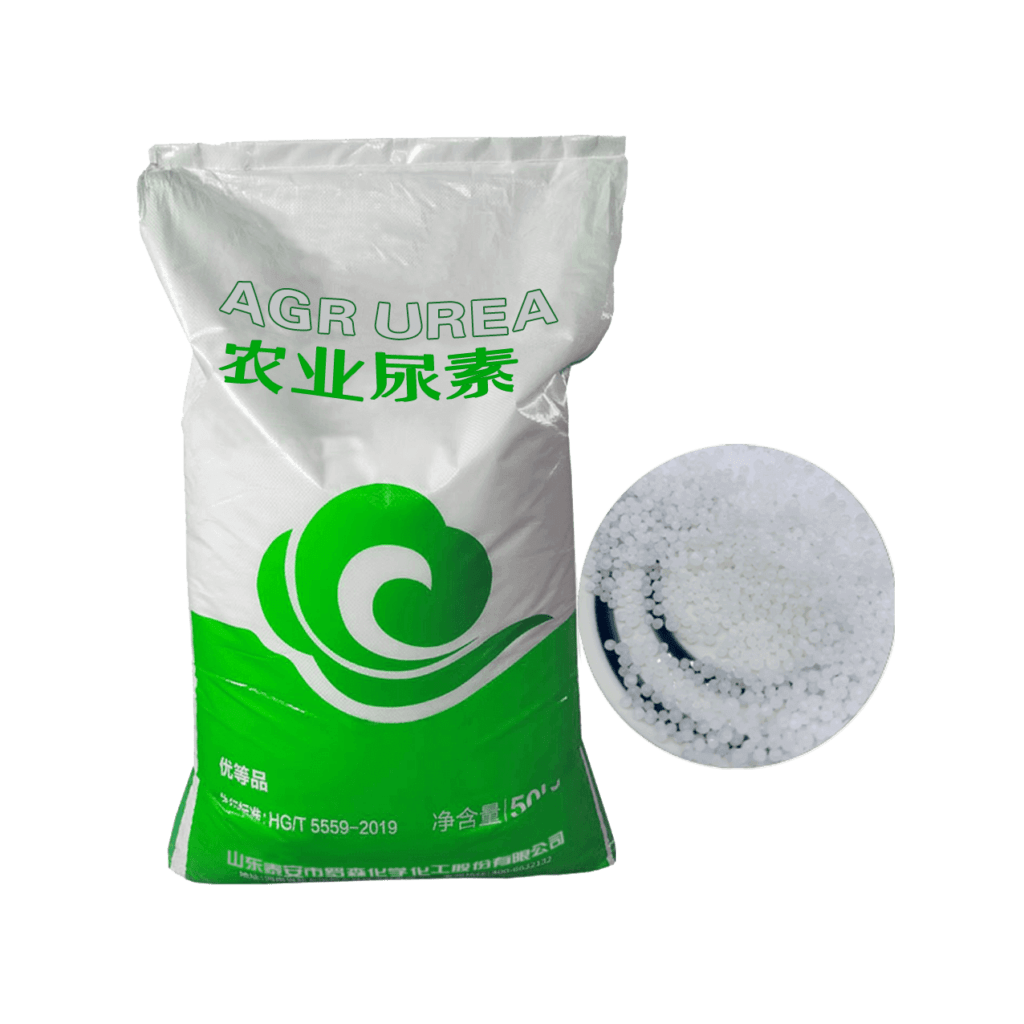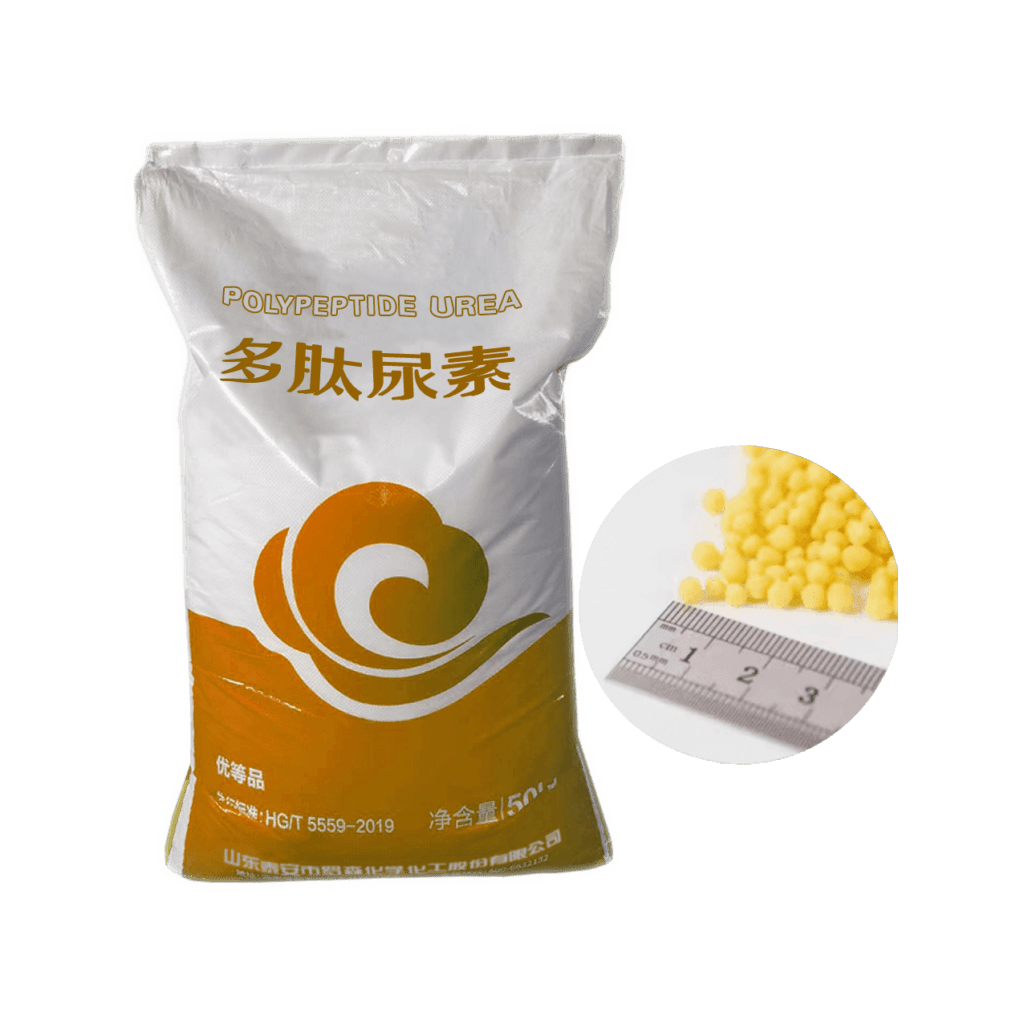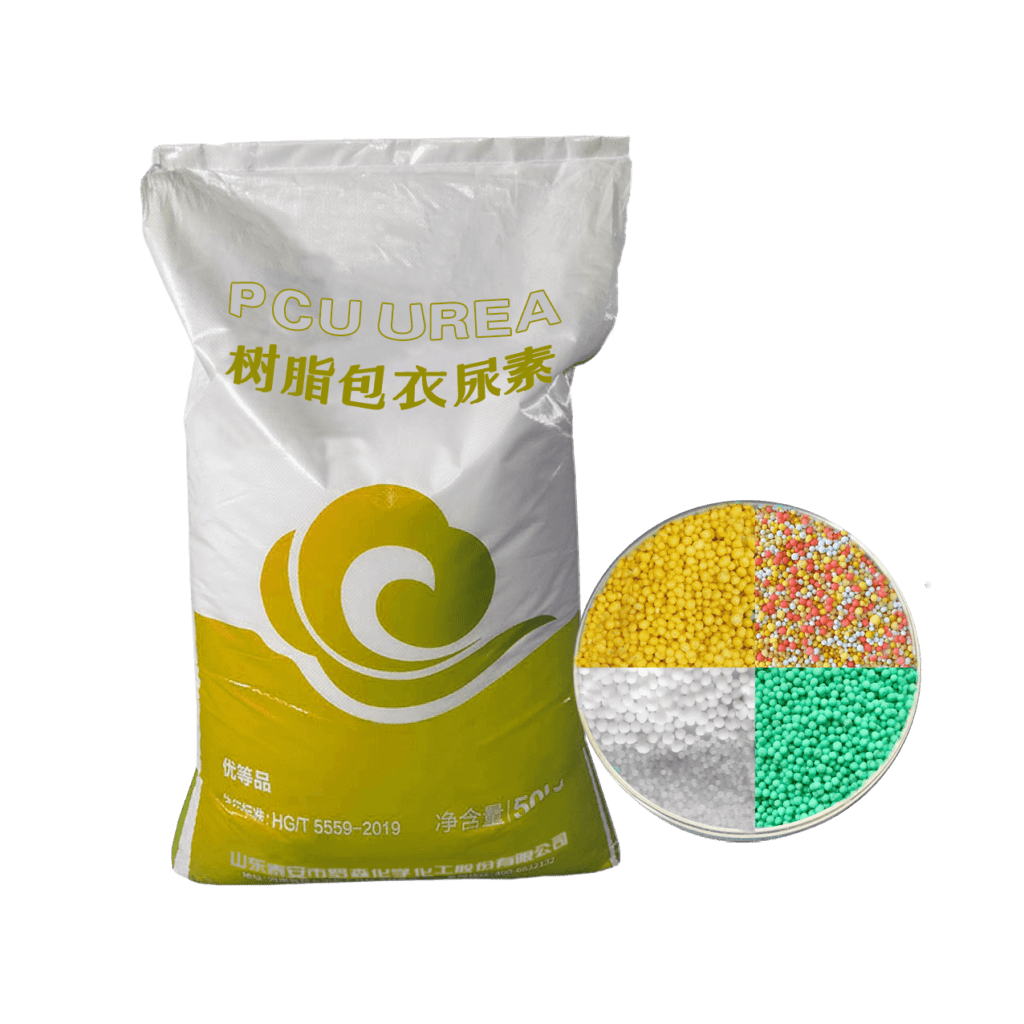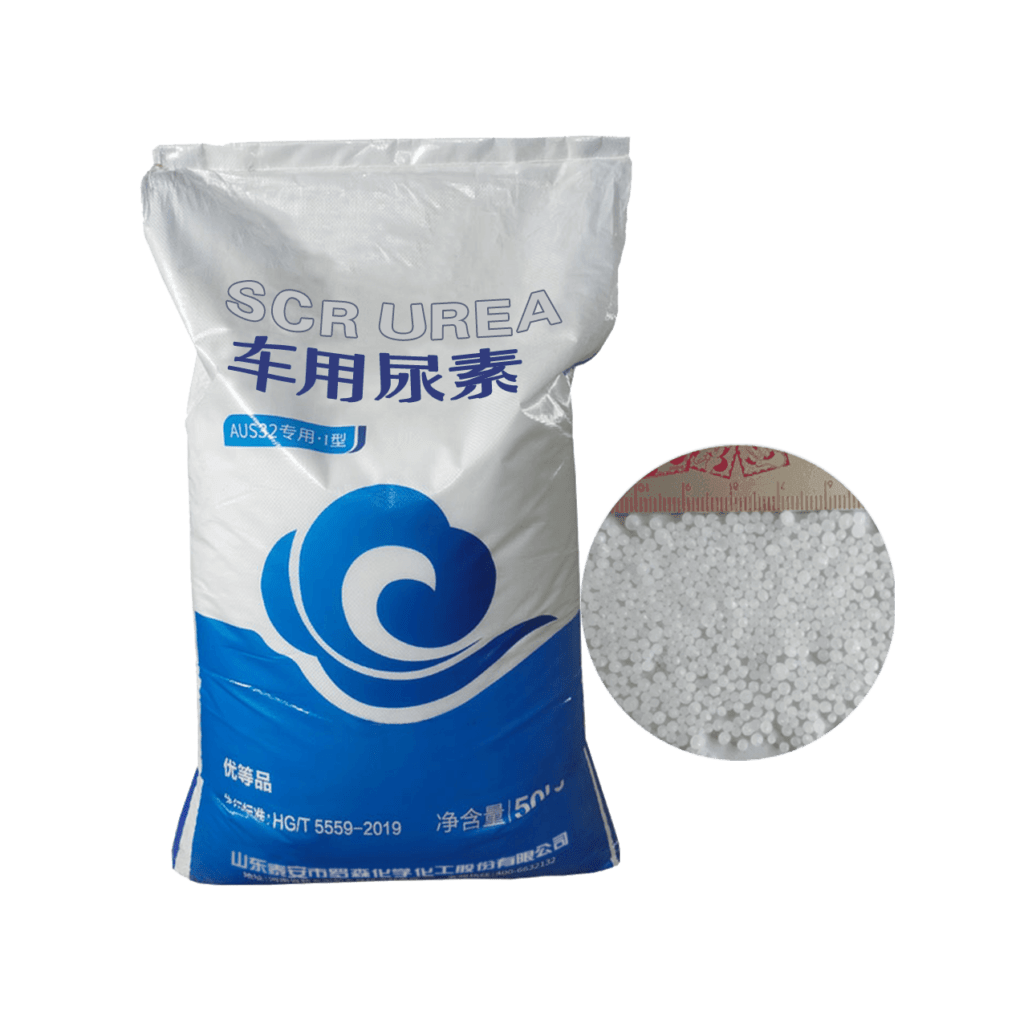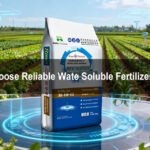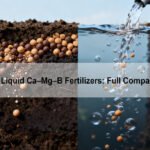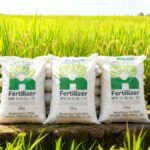Let more growers get greater benefits
Differences Between Automotive Urea and Agricultural Urea
- Industry News
- January 22, 2021
- 3:37 pm


At Risso Fertilizer Factory, we are dedicated to supplying high-quality urea products that meet the precise demands of various industries. Whether it’s agricultural urea granules 46% nitrogen for boosting crop yields or automotive urea granules for SCR systems like AdBlue, understanding the differences is crucial for making informed choices.
This in-depth guide explains the differences between automotive-grade urea and agricultural-grade urea, focusing on chemical composition, physical properties, regulatory standards, and practical applications.
Table of Contents
Introduction
Urea, also known as carbamide (chemical formula: CH₄N₂O), is a versatile nitrogen-rich compound used in various industries. However, not all urea is created equal. The difference between automotive-grade urea and agricultural-grade urea lies in their purity levels, physical properties, and intended uses.
Understanding these distinctions is essential for industries such as agriculture, where urea fertilizer 46% nitrogen is the primary nitrogen source, and automotive sectors, where high-purity urea for SCR systems (commonly known as AdBlue or DEF) is critical for reducing harmful NOx emissions in diesel engines.
What Is Urea?
Urea (CH₄N₂O) is an organic compound composed of carbon, nitrogen, oxygen, and hydrogen.
It is a white, odorless, water-soluble solid.
Urea serves as:
A nitrogen fertilizer in agriculture.
A reductant in SCR systems for emissions control in automotive applications.
Chemical Composition and Purity


Automotive-grade urea for SCR Systems (AdBlue/DEF)
Automotive urea is specifically produced for use in Selective Catalytic Reduction (SCR) systems in diesel engines. It must meet strict quality standards to prevent damage to catalytic converters and ensure emission compliance.
Key specifications of automotive-grade urea granules:
Nitrogen Content: ≥46.0%
Biuret: ≤0.85%
Moisture: ≤0.5%
Free Ammonia: ≤0.02%
Aldehydes (as HCHO): ≤10 mg/kg
Insoluble Matter: ≤15 mg/kg
Heavy Metals (Ca, Fe, Cu, Zn): ≤0.5 mg/kg each
pH (10% solution): 9.0–10.0
These stringent parameters are essential for ensuring urea compatibility with AdBlue/DEF systems, maintaining catalyst life, and complying with Euro 6 and EPA Tier 4 emissions standards.
agricultural-grade urea Fertilizer 46% Nitrogen
Agricultural urea is designed for soil application to supply crops with nitrogen, a vital nutrient for plant growth. While purity is important, the tolerances are broader than for automotive urea.
Typical specifications of agricultural urea granules:
Nitrogen Content: ≥46.0%
Biuret: 0.85–1.5% (slightly higher than automotive-grade)
Moisture: 0.1–0.4%
Conditioning Agent: 0.3–0.6%
Bulk Density: 48–52 lb/ft³
While agricultural urea contains a slightly higher biuret content, it is safe for use in most crops when applied according to best agronomic practices.
Physical Properties


Automotive-grade urea Granules
Granule Size: 0.85–2.8 mm (≥90%)
Appearance: Uniform, white, free-flowing, dust-free granules
Designed for quick and complete dissolution in water to prepare Diesel Exhaust Fluid (DEF) or AdBlue.
Agricultural-grade urea Granules
Granule Size: 2–4.8 mm (≥90%)
Appearance: White, slightly larger granules for optimal soil distribution
Engineered for uniform spreading in fertilizer applications.
Regulatory Standards and Certifications
Automotive-grade urea
Must comply with:
ISO 22241-1 (Urea solution quality for SCR systems)
DIN 70070 (AdBlue quality standards in Germany)
Compliance ensures safety and effectiveness in reducing NOx emissions in modern diesel engines.
Agricultural-grade urea
Subject to national fertilizer regulations, such as:
GB/T 2440 (China)
USDA and EPA (United States)
EC Fertilizer Regulation (EU)
These standards focus on nutrient content, biuret limits, and the absence of harmful contaminants.


Applications: Automotive vs. Agricultural
| Application | Automotive-Grade Urea | Agricultural-Grade Urea |
|---|---|---|
| Primary Use | For SCR systems in diesel engines to reduce NOx emissions | As a nitrogen fertilizer for crops and soil improvement |
| Product Form | High-purity urea granules for DEF/AdBlue | Standard urea granules for soil application |
| Market Demand | Automotive sector, AdBlue producers, SCR system users | Farmers, agribusinesses, crop producers |
| Key Considerations | Purity, biuret content, low heavy metals, compliance standards | Cost-effectiveness, nitrogen content, ease of application |
Comparison Table
| Parameter | Automotive-Grade Urea | Agricultural-Grade Urea |
|---|---|---|
| Nitrogen Content | ≥46.0% | ≥46.0% |
| Biuret | ≤0.85% | 0.85–1.5% |
| Moisture | ≤0.5% | 0.1–0.4% |
| Free Ammonia | ≤0.02% | Not specified |
| Aldehydes | ≤10 mg/kg | Not specified |
| Insoluble Matter | ≤15 mg/kg | Not specified |
| Heavy Metals | ≤0.5 mg/kg each | Not specified |
| Granule Size | 0.85–2.8 mm (≥90%) | 2–4.8 mm (≥90%) |
| Regulatory Standards | ISO 22241-1, DIN 70070 | National fertilizer regulations |
| Main Use | DEF/AdBlue for NOx reduction in engines | Nitrogen fertilizer for agriculture |
Conclusion
Choosing the right urea granules depends on the specific application. For automotive applications like AdBlue/DEF, high-purity urea granules for SCR systems are essential for reducing emissions and protecting engine components. For agricultural purposes, agricultural urea fertilizer 46% nitrogen offers an affordable and effective solution for promoting healthy crop growth.
At Risso Fertilizer Factory, we are dedicated to delivering premium-quality urea products tailored to your industry’s needs. Whether you’re looking for urea for AdBlue or fertilizer-grade urea for crops, we ensure consistent quality, reliable supply, and technical support.
Contact us today for product specifications, bulk orders, or custom solutions.
Related Urea Fertilizers
- Article
What will you get when touch?
✔ Quick & helpful reply within 6 hours.
✔ Tailored solutions for your project.
✔ One-stop product, tech, market
TRENDING
TAIAN RISSO CHEMICAL FERTILIZER CO.,LTD
- Address: High-tech Development Zone, Taian City, Shandong Province
© Copyright 2017 RISSO CHEMICAL. All Rights Reserved.



